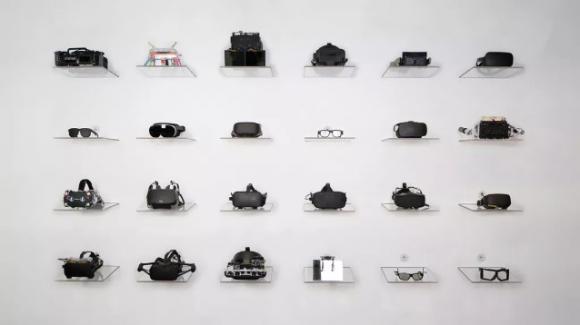With a surprise shot, during a virtual event open to some journalists, the elite of Meta showed the company’s progress, in terms of prototype viewers, designed to pass the Turing visual test.
Listen to this article
During a meeting held in a virtual room, Mark Zuckerberg, CEO of Meta, illustrated to some journalists, together with several of his engineers (e.g. the head of Reality Labs Michael Abrash), the challenges that his company is facing in making the perfect VR headset that passes Turing’s visual test where people wonder if what they are seeing is real or not.
In front of a wall with all the viewers made since 2014, that is how much Facebook bought Oculus, the young tycoon with a passion for the Metaverse (in which to create meaningful ties) explained that, in returning to the human eye the sensation of reality , and in “doing justice to the beauty and complexity of physical environments”, work is being done on raising resolution, improving focus and reducing optical distortion. This is because “today’s VR headsets have a range of colors and a degree of brightness and contrast much lower than those of laptops, TVs or mobile phones “equipped with 2D screens.
In pursuing these objectives, we will also go through the achievement of a new level of HDR and the creation of ad hoc lenses that flex to shift the focal length. To date, the whole has materialized at Menlo Park in several prototypes of new viewers, which may never materialize.
Holocake 2, unlike the Quest 2, cannot be used alone but must be connected to a PC: on the other hand, it is the thinnest and lightest ever made by the company. The credit goes to two tricks: the first involves sending the light through the hologram of a lens, which works like the lens itself, with respect to which it is “much flatter”, while the second makes the light travel the same distance that you would have making it start from the panel, go through the lens to get to the eye, with the difference that this would occur, however, in a more compact format, with a lesser “effect of the distance between the screen and the eye”, because the light it would be rebound between reflective walls (polarized reflection).
The Butterscotch prototype, very bulky and heavy, basically serves to confirm that a strong impact on the VR experience occurs with a high resolution: ipso facto, this product has a field of vision that is half the Quest 2, however comfortable for viewing in VR, but a higher resolution, thanks to a new generation hybrid lens that ensures a vision of 10 tenths, equal to 60 pixels per degree.
Starburst, on the other hand, offers an HDR display as bright as the world around the user, so with bright areas that stand out but not to the detriment of those in shadow, with colors rendered very realistically: to achieve this, the location has been prepared, Half -Dome., Of a lamp, but obtaining something “practically unusable in any product intended for effective marketing“. Finally, Mirror Lake, still without a physical concept to show, should use a very bright high-resolution display, such as the Starbust, a hybrid lens, such as the Holocake, and the same lenses as the Half-Dome viewer, i.e. variable focal length not mechanically but, in order to take up less space, electronically.

